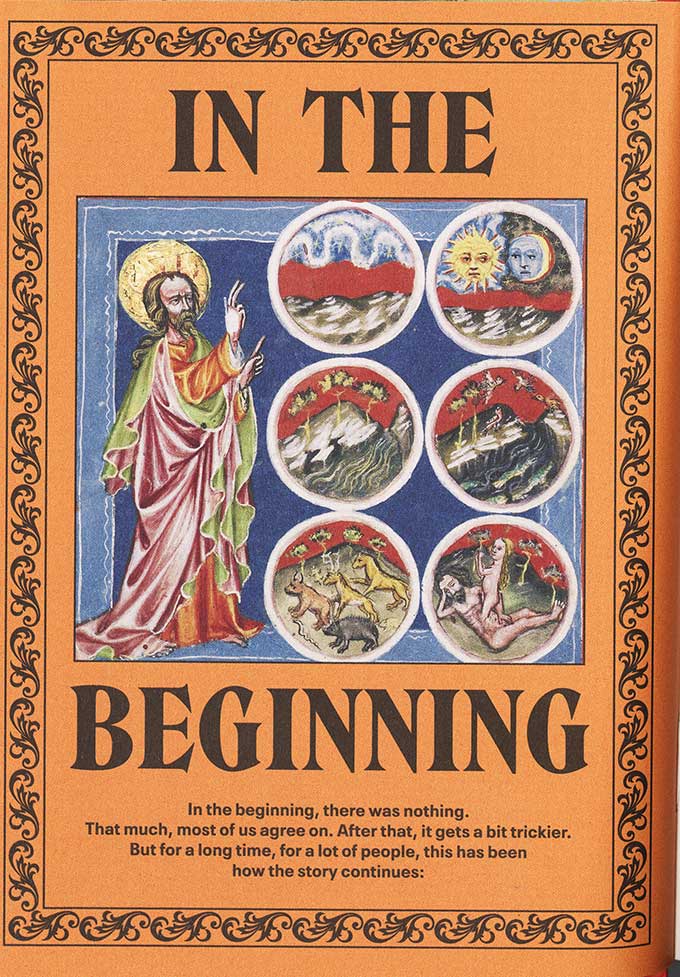
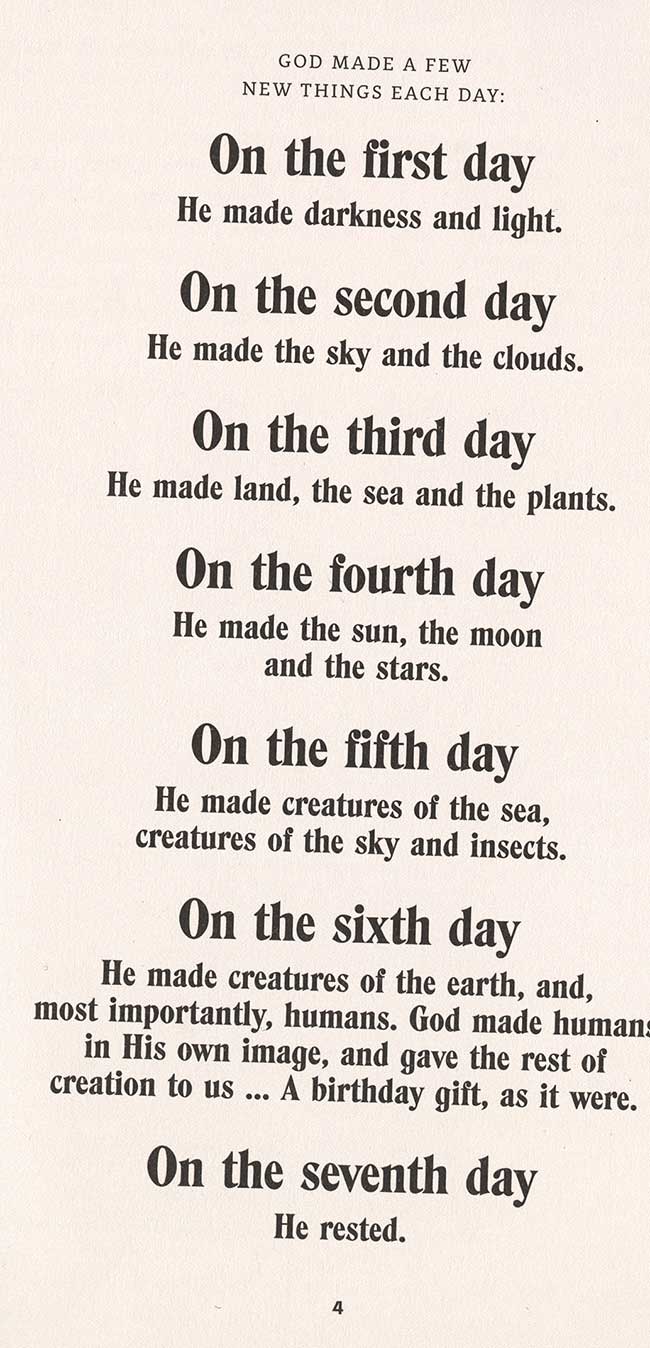
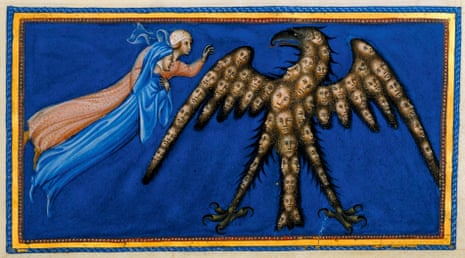
A Twitter account of the oddest illustrations from the middle ages has now become a book. Behind these naive drawings, author Olivia M Swarthout says, lie serious truths
It is often assumed that the art that best communicates the spirit of its era is also the art that transcends it. We value the virtuosic, the original and the profound. But that doesn’t tell the whole story. Sometimes, the art that actually reveals the most about an era is precisely the opposite: the clumsy, the transient, the profane and the plain baffling.
By matching funny, irreverent captions with painstakingly sourced details from medieval manuscripts, the X (formerly Twitter) account Weird Medieval Guys has amassed more than half a million followers since mid-2019. The woman behind this carefully curated assortment of cute bats, armless frogs, musical skeletons, queens enjoying intimacy with dragons and amusingly dispassionate scenes of brutal violence is Olivia M Swarthout, an American data scientist in London whose interest in art history has turned this online labour of love into a book of the same name. What started life as a series of witty recontextualisations of illustrations by anonymous artists has become a gently fascinating insight into the marginalia of a lost era.
Much of the art is clunky, but that’s a huge part of its charm. “In some ways, they’re like the notes you pass back and forth in class,” says Swarthout. “People might ask why they couldn’t draw animals right or why certain things look weird, but I think that’s a reductive way of looking at it. There’s so much contained in this art – and particularly in the fact that a lot of it isn’t all that well-executed or approached with the artistic precision that we’re familiar with – that actually tells us so much about medieval life.”
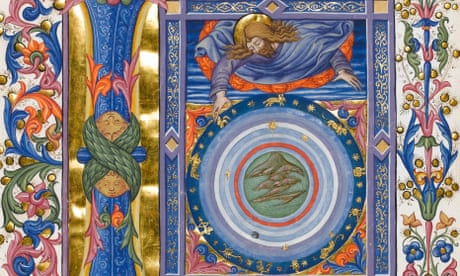
As eccentric as it now looks, much of the art in the book is roughly comparable to the commercial art of today’s stock photography. It was only toward the end of the middle ages that artists became revered figures. Most of the time, says Swarthout, the artists were “just people with a job to do. They weren’t imbuing their illustrations with a unique artistic spirit; they were just tradespeople.” But because of that, there is a delightful cheek to many of the pictures; a sense that these unsung figures are enlivening their working days with some sneaky fun. “The written word was seen as being more sacred,” says Swarthout. “In a lot of these cases, they’re responding to what’s on the page. It was a way of artists pushing back.”
As these original works were often made with subversive intent, what Swarthout does with them on social media is entirely appropriate. She turns the images into memes. “You see motifs that constantly repeat themselves. In the same way now, people will take something on the internet and repeat it and you’ll then have a period of parodying it,” she says. “People ask about certain motifs in medieval art – for example, there are a lot of images of rabbits committing acts of violence. And you can really only explain the persistence of something like that by assuming that it was something that started off funny but was repeated so much that it became interesting. And that’s often the basis of a meme – it’s something that is stripped of its original context.”
But what makes them work many centuries later? In their naivety, they contain something simultaneously unknowably exotic and recognisable, even universal. “Facial expressions are important,” says Swarthout. “What makes them funny is often a juxtaposition of expression and situation, plus the medieval setting. As reductive and silly as a lot of this is, in some ways the essence of it is finding something where people can say: ‘That reminds me of myself.’”
A very peculiar practice: five illustrations from the book
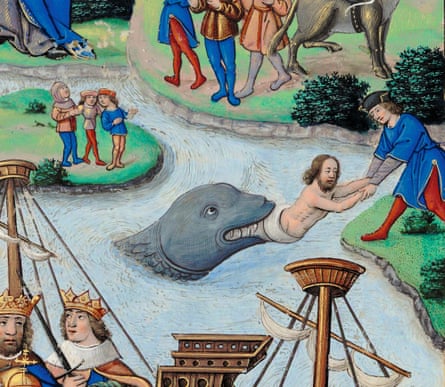
Man swallowed by a whale
“It’s a depiction of the story of Jonah and the whale,” explains Swarthout. “I don’t think there’s a way to show a guy getting swallowed by a whale that’s not at least a bit funny. The artist struggled to convey the whale as a really big creature, but also fit the guy in there as well. It’s funny when you know the context: that Jonah was trying to run away from his job as a prophet and he ended up getting swallowed by a whale. It’s relatable.”
Trippy eagle of souls (see main image)
“This is from Dante’s Divine Comedy. It’s Dante and [his lover] Beatrice travelling through heaven, where they meet an eagle that is comprised of all the souls of righteous people amalgamated into a massive bird. It’s such a powerful image and quite trippy.”
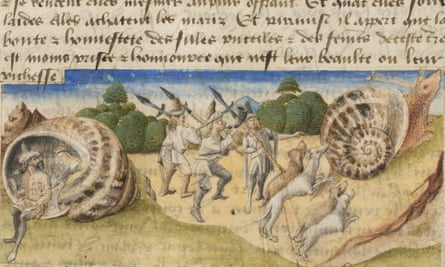
Snail combat
“This is one of the most common and baffling motifs. It’s like the meaning of the snail was so well known in the middle ages that no one felt they needed to write it down. There are different theories: one believes that snails represented different groups of people, such as the Lombards. Or that they represented lazy people. They were also a threat to crops.”

Christ’s side wound
“A lot of people have noticed that this is very vaginal, but because we tend to assume naivety in these artists, we think it’s accidental. But there’s actually a strong artistic tradition of Christ’s wounds looking vaginal. This isn’t the only one, although I think it’s probably the most magnificent. There are also images of Christ on the cross giving birth to a personification of the church through his wound. The imagery of the wound as a womb was quite common.”

Man stabbed in the head
“It’s funny from the get-go – the sword is being plunged directly into his skull, but he looks very nonchalant. The context is more baffling. It’s from a book of songs from different writers and composers. This is his artist portrait. Most of the artist portraits from the book are people on horses, people winning fights and such. It’s funny to think about this guy and why he chose this.”
Weird Medieval Guys: How to Live, Laugh, Love (and Die) in Dark Times is published on 2 November by Square Peg.
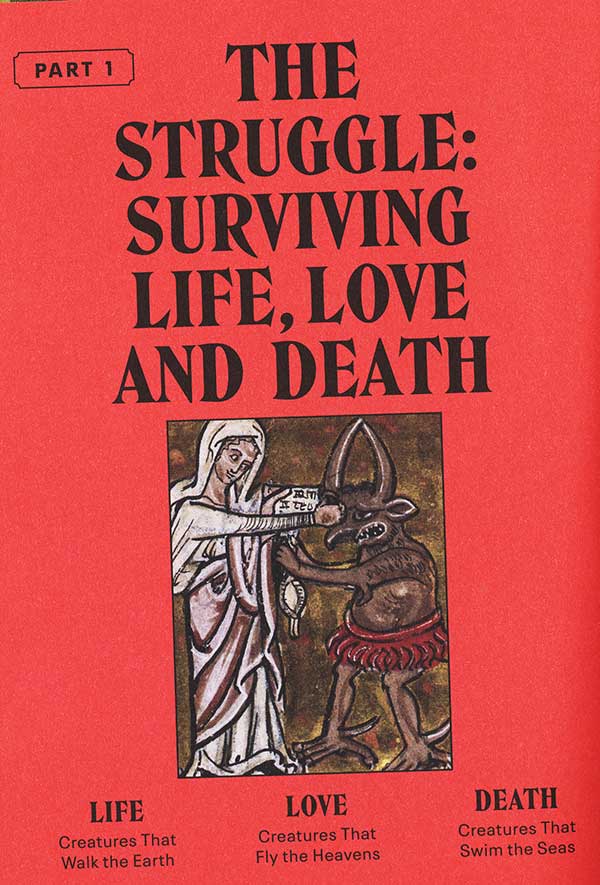
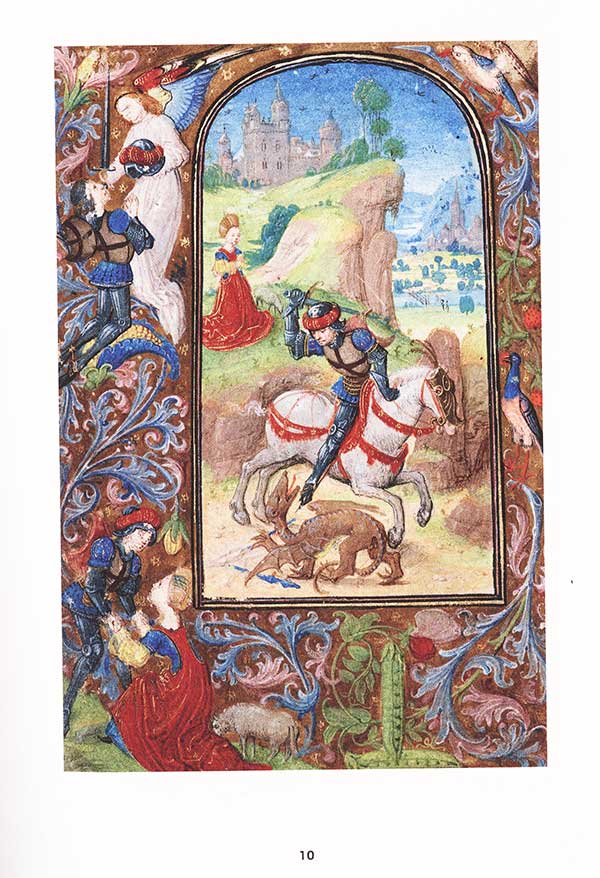

Thanks to https://www.theguardian.com/uk/culture
